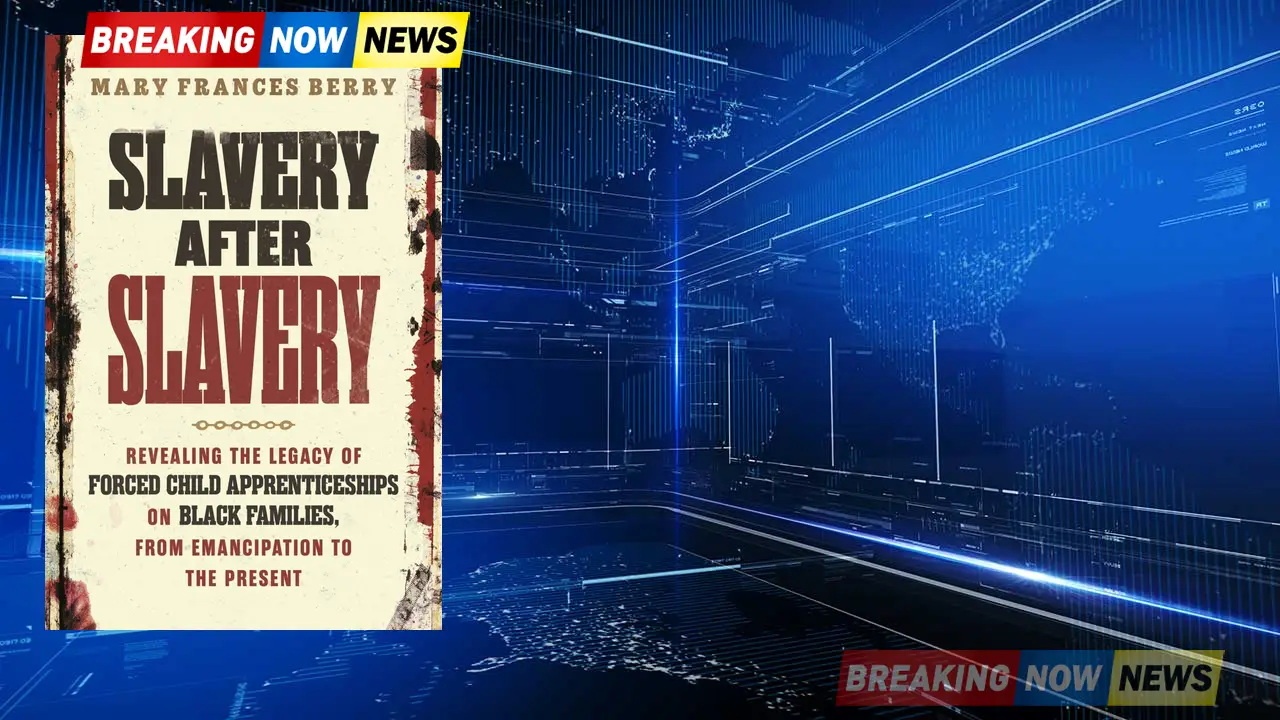Unveiling the Shadows: The Untold Story of American Orphanhood
In the annals of American history, the plight of orphans often remains shrouded in darkness, overshadowed by more celebrated narratives. Yet, the story of orphanhood is crucial to understanding the social fabric of the nation. This article delves into the complex history of American orphanhood, revealing the struggles, societal perceptions, and the evolution of care systems that have shaped the lives of countless children.
The Historical Context of Orphanhood in America
Orphanhood in America has roots that stretch back to the early colonial days. Understanding this context is vital to grasp the full scope of the issue.
- Colonial Era: During the 17th and 18th centuries, orphaned children were often taken in by family members or local communities. The concept of institutional care was virtually nonexistent.
- The 19th Century: The rise of urbanization and industrialization brought a surge of orphans into the cities, leading to the establishment of orphanages as a response to societal needs.
- 20th Century Developments: The Great Depression and two World Wars significantly impacted family structures, resulting in increased numbers of orphans and the evolution of child welfare policies.
The Dark Realities of Orphan Life
While orphanages were intended to provide shelter and care, they often fell short. Many orphans faced harsh conditions and systemic neglect.
- Living Conditions: Many orphanages operated with limited resources, leading to overcrowded and unsanitary conditions.
- Lack of Individual Attention: Children in these institutions frequently experienced emotional neglect, lacking the nurturing attention necessary for healthy development.
- Stigmatization: Orphans were often viewed as societal outcasts, further complicating their integration into communities.
Changing Perceptions and Modern Solutions
As society has evolved, so too have the perceptions and systems surrounding orphanhood. Advocacy and reform movements have emerged, aiming to improve the lives of orphaned and abandoned children.
- Adoption Reform: The latter half of the 20th century saw significant changes in adoption laws, promoting the idea of family-based care over institutionalization.
- Foster Care Systems: Today, foster care aims to provide temporary homes for children in need, allowing for a more individualized approach to care.
- Advocacy Groups: Numerous organizations now work tirelessly to support orphaned children and raise awareness about their unique challenges.
A Call to Action
Understanding the history and current realities of orphanhood is essential for fostering a more compassionate society. As we reflect on the past, it’s crucial to consider how we can continue to support vulnerable children today.
What do you think?
- Do you believe the foster care system adequately meets the needs of all children?
- What role should the government play in supporting orphaned children?
- Is the societal stigma around orphanhood still prevalent today?
- How can communities better support families in crisis to prevent orphanhood?
- Should adoption processes be more streamlined to help children find homes faster?
As we delve deeper into the history of American orphanhood, we invite you to share your thoughts and experiences. Together, we can shed light on this critical issue and work towards a brighter future for all children.




Comments
Leave a Reply